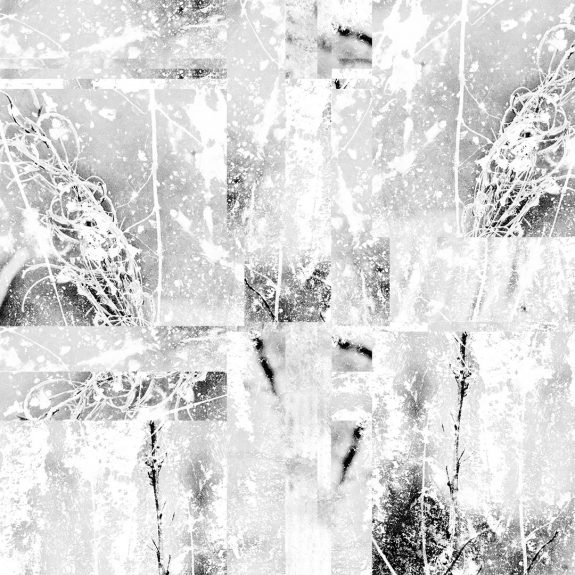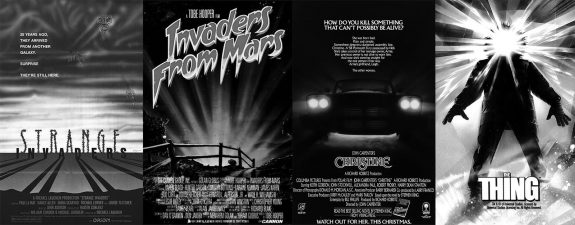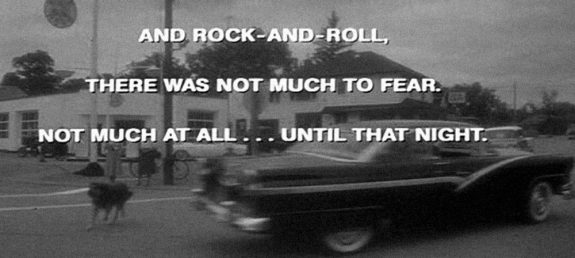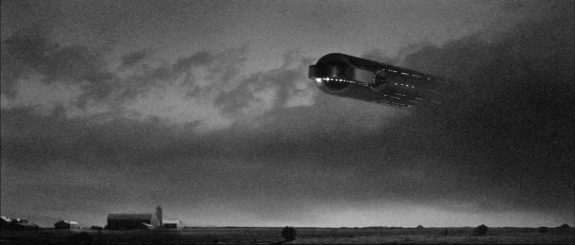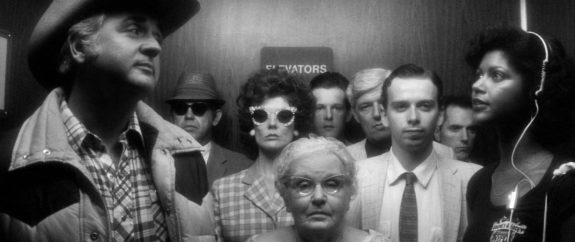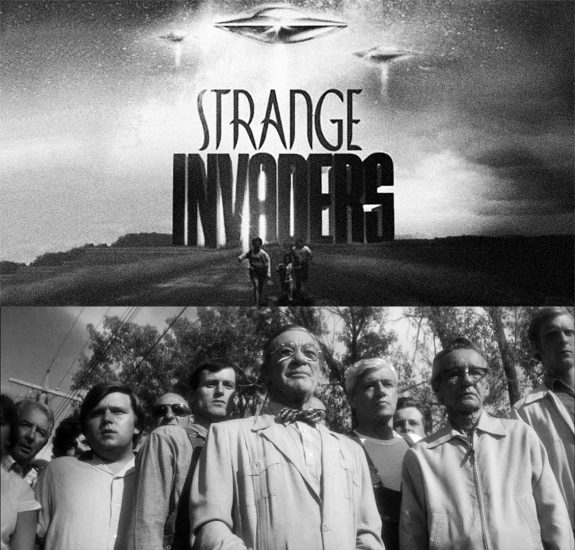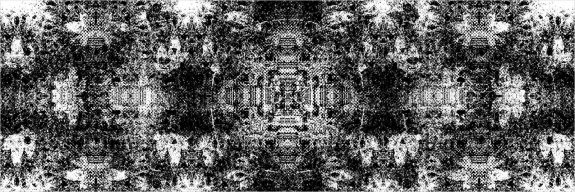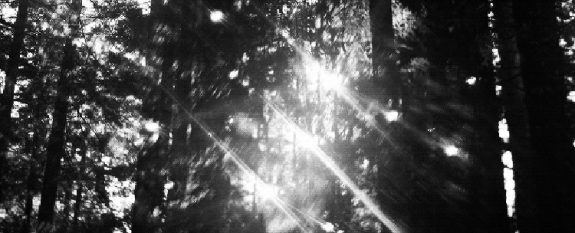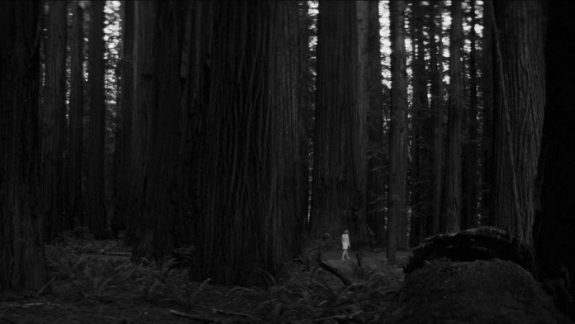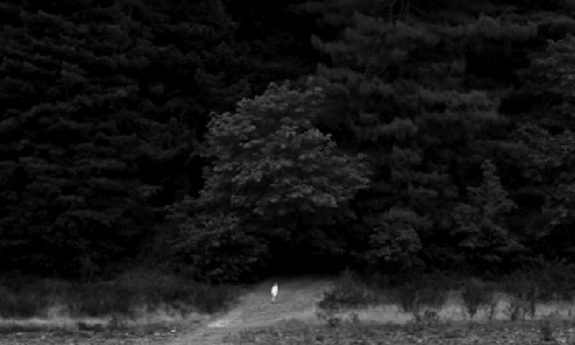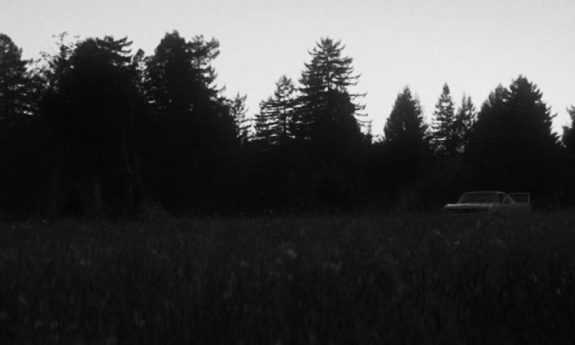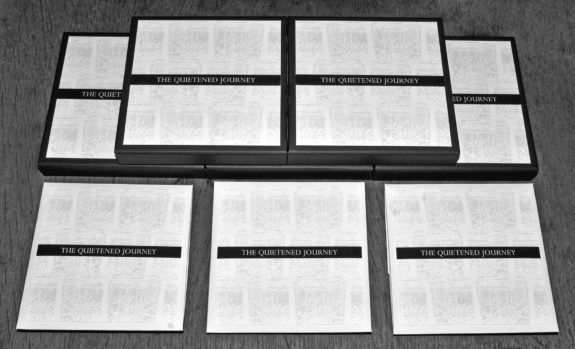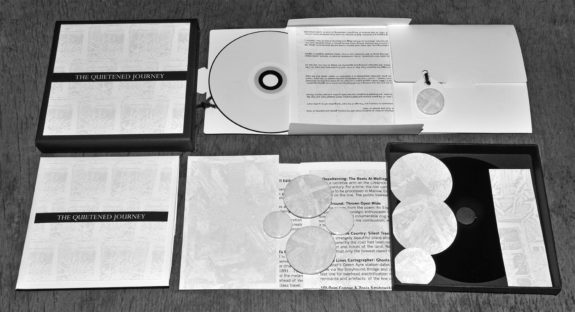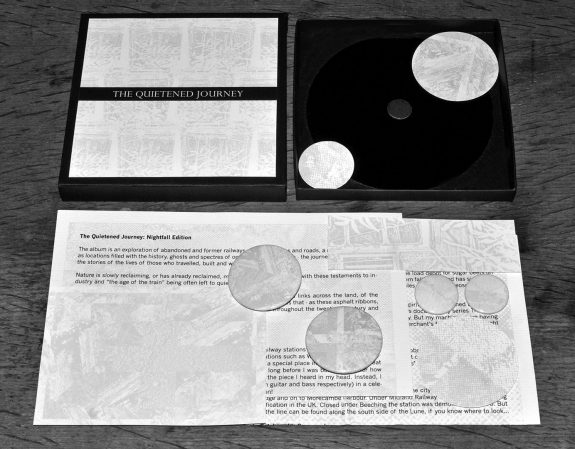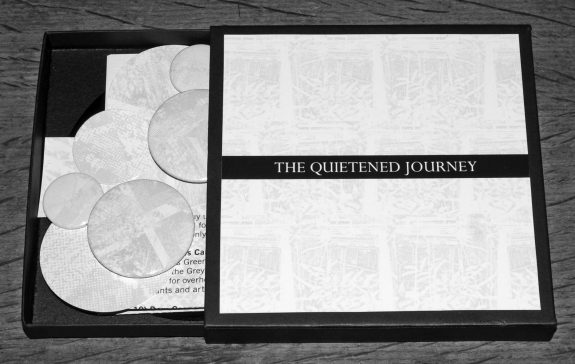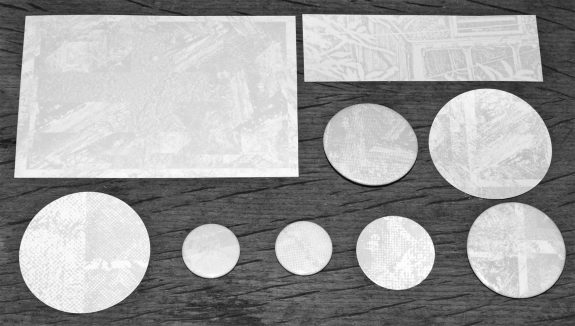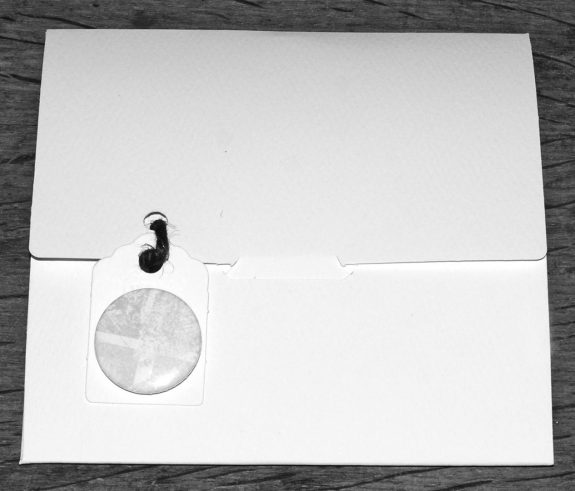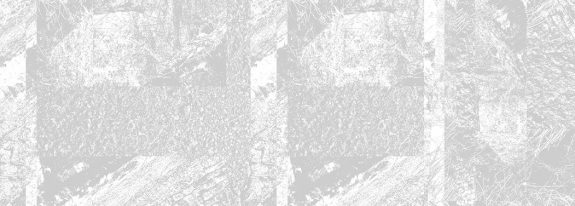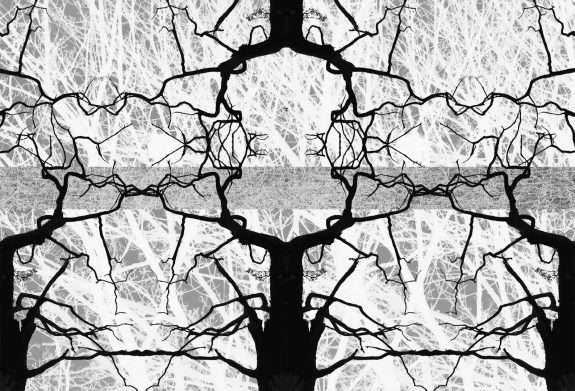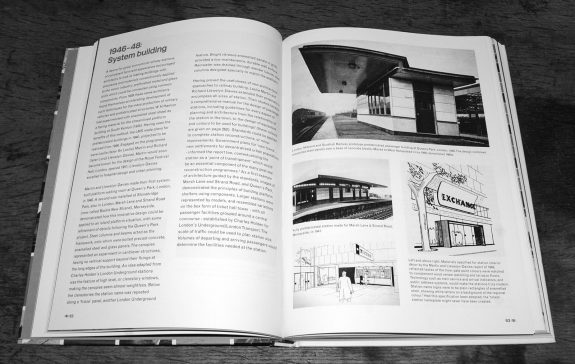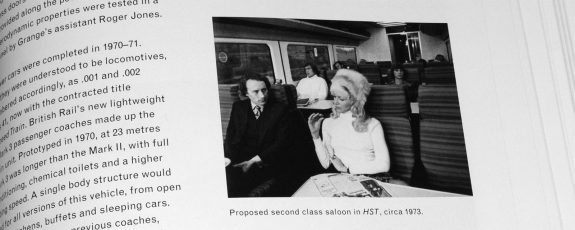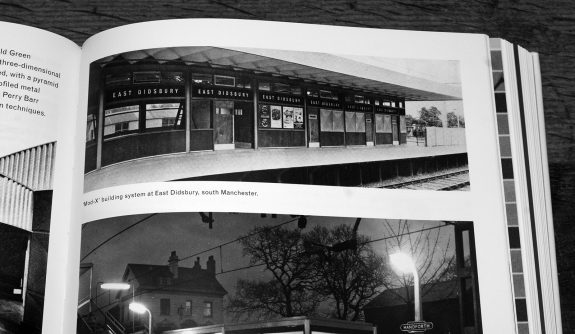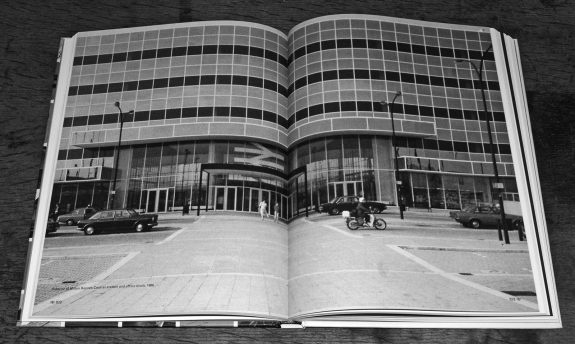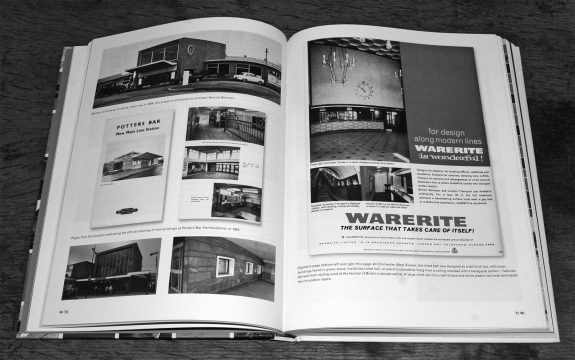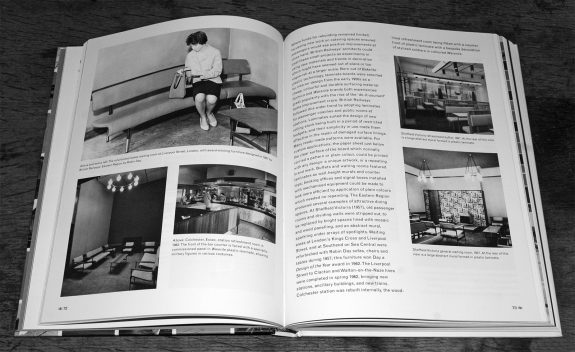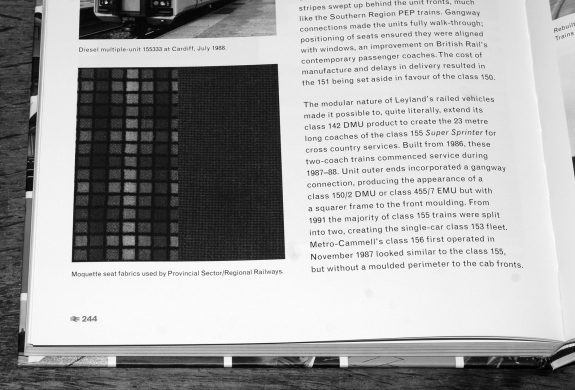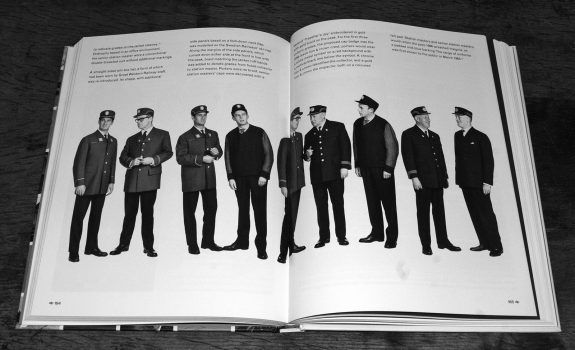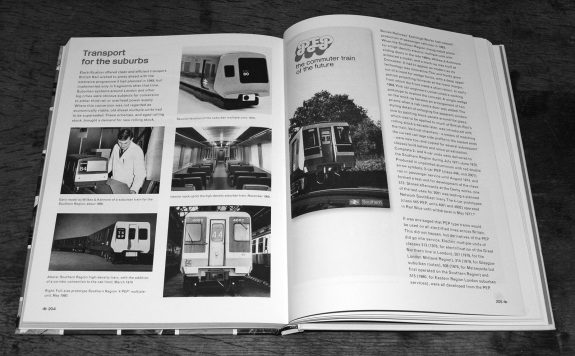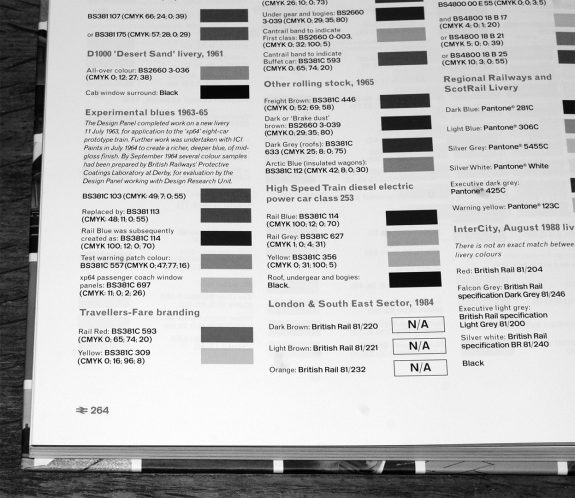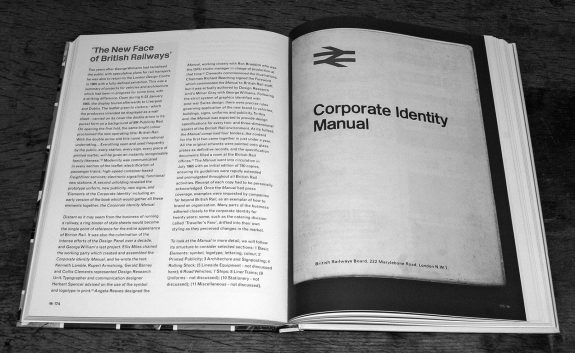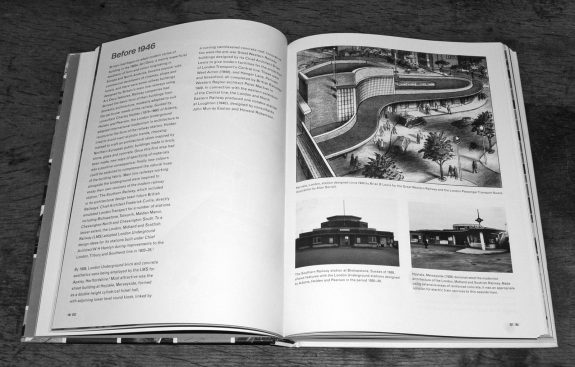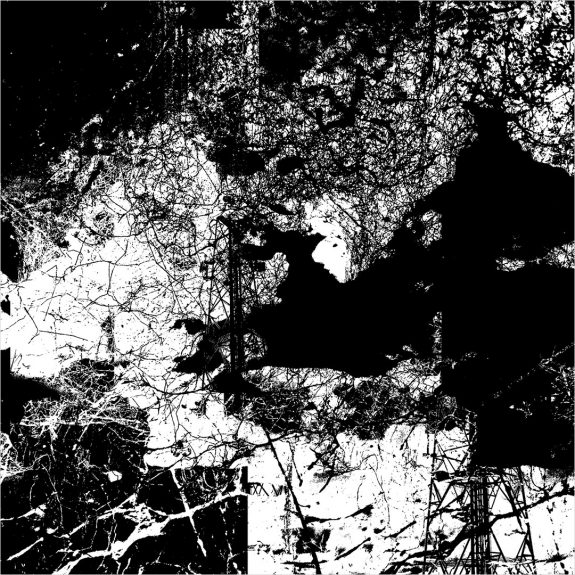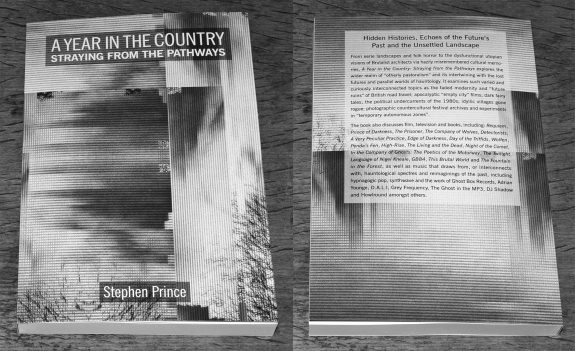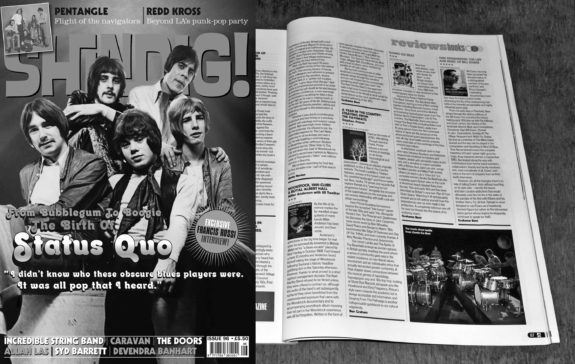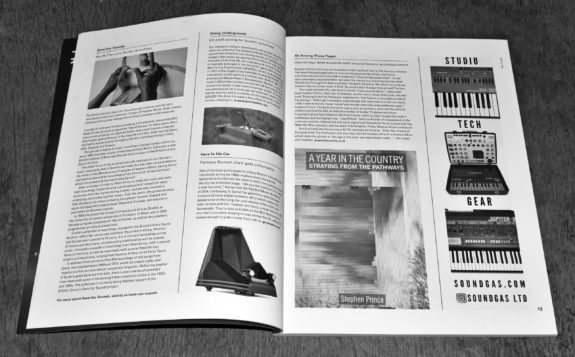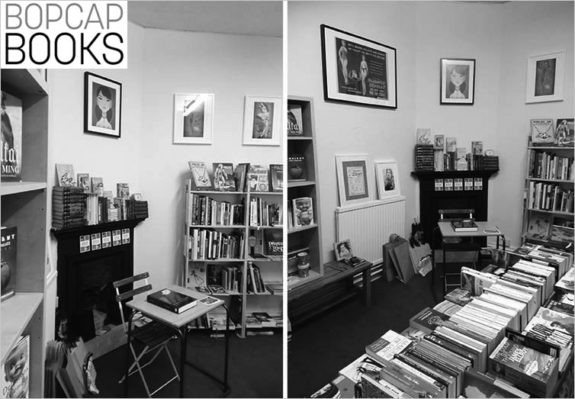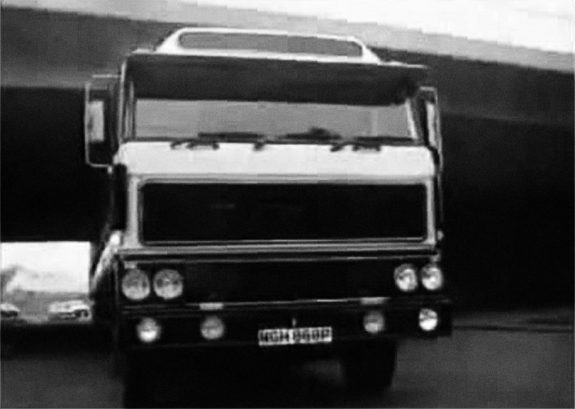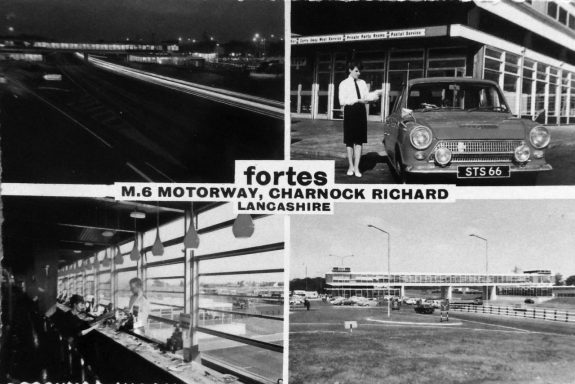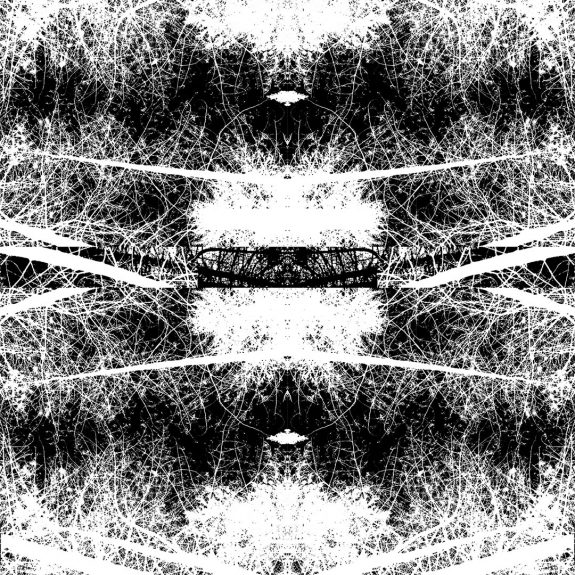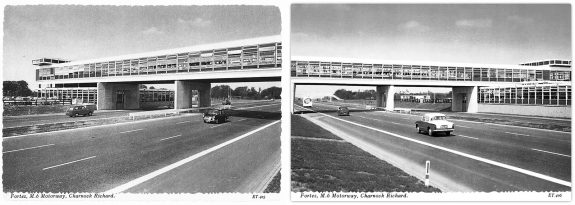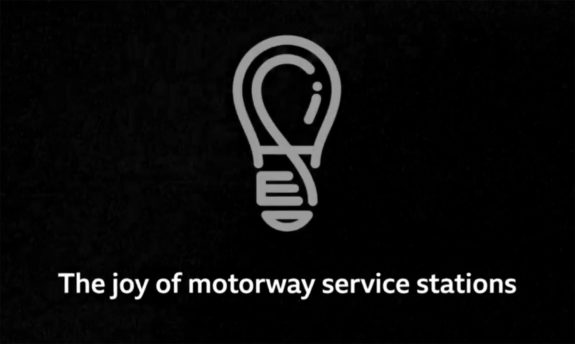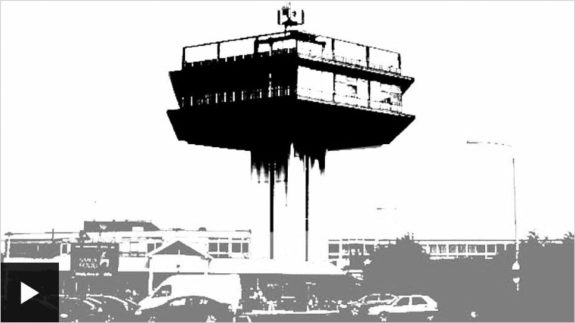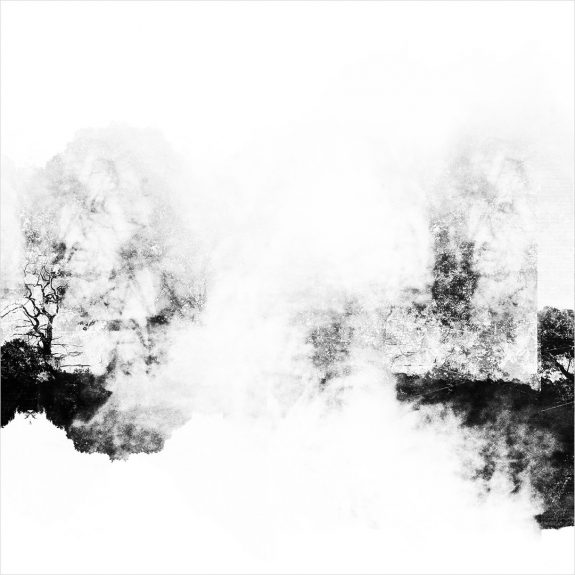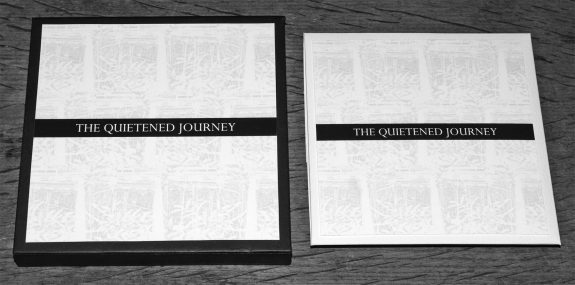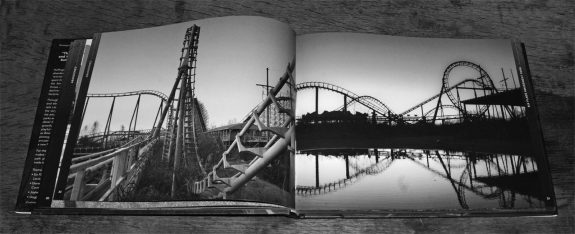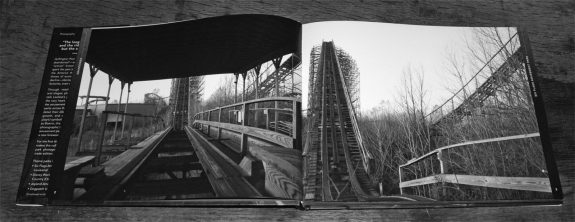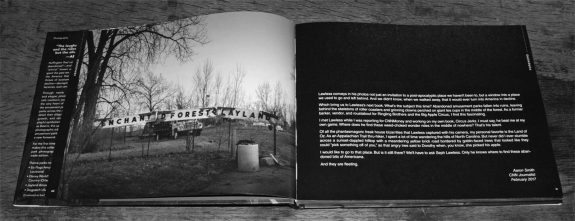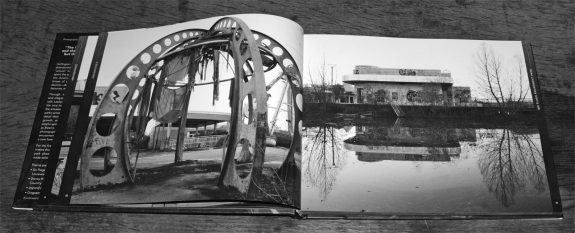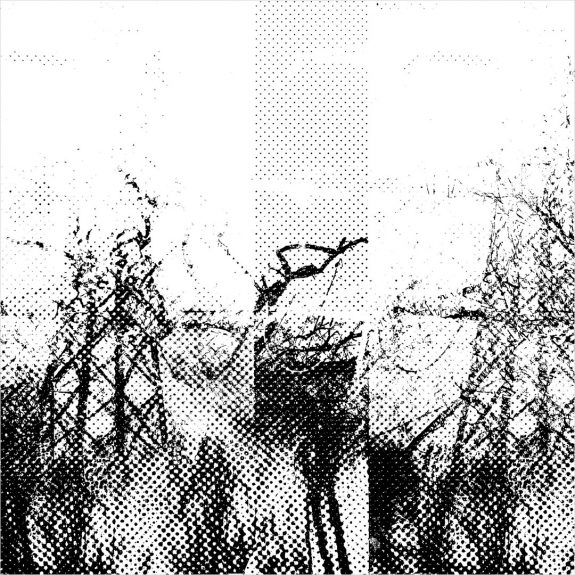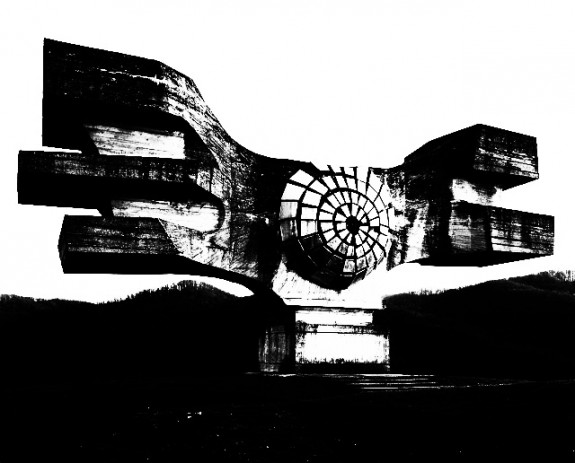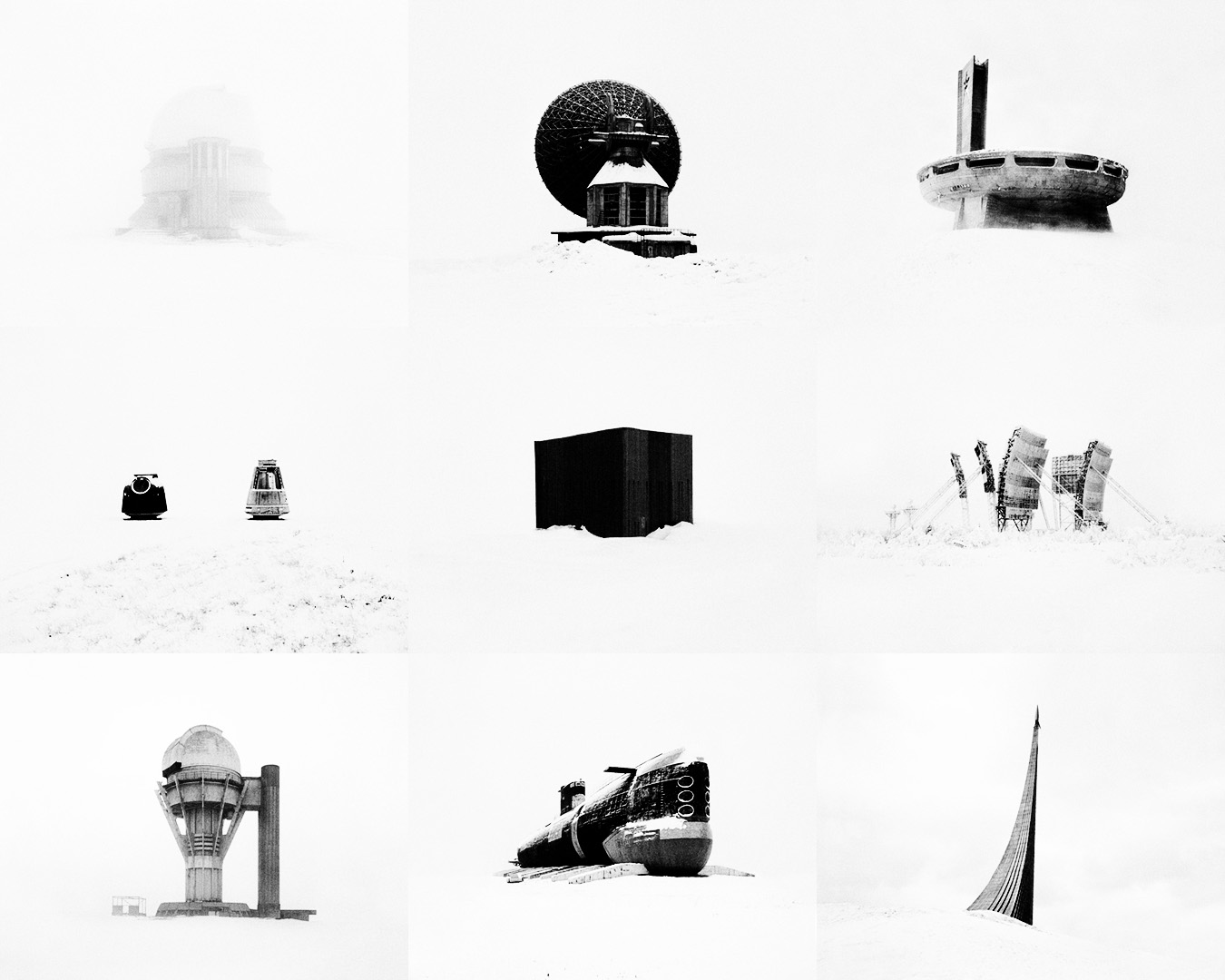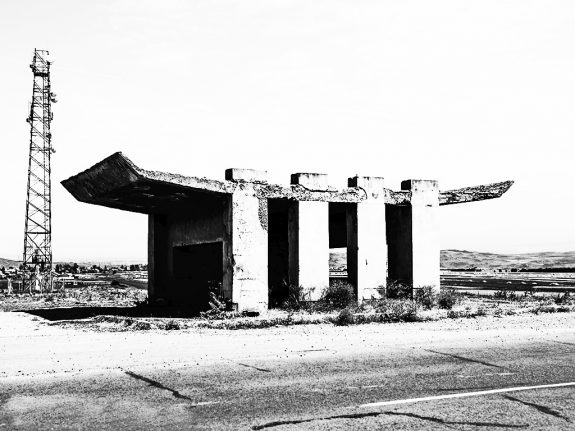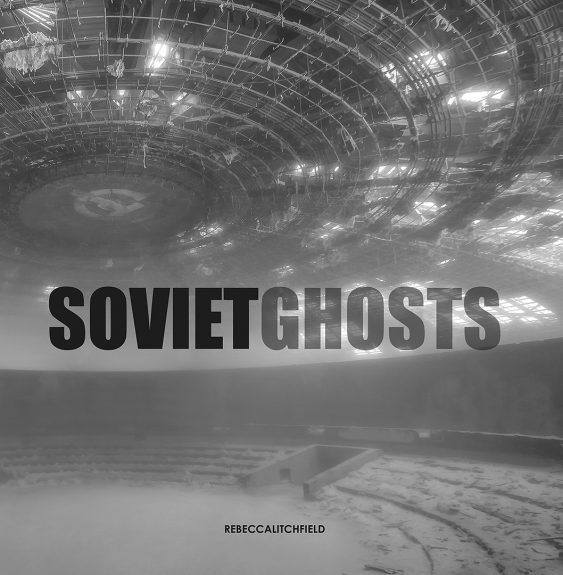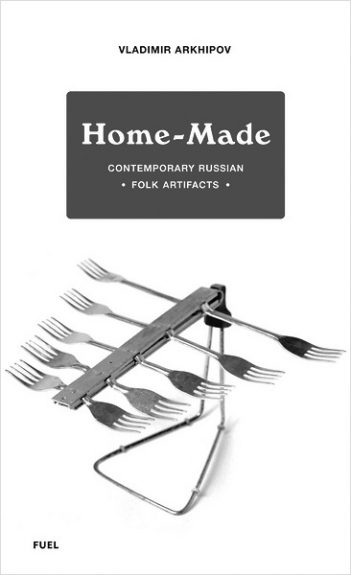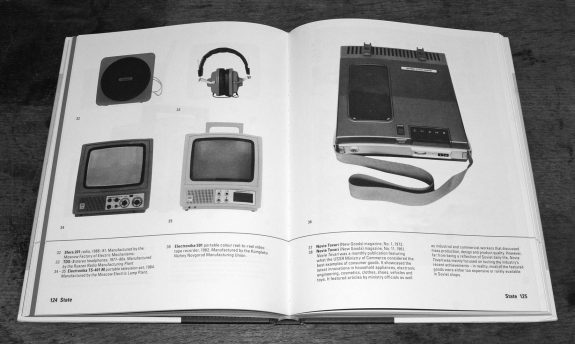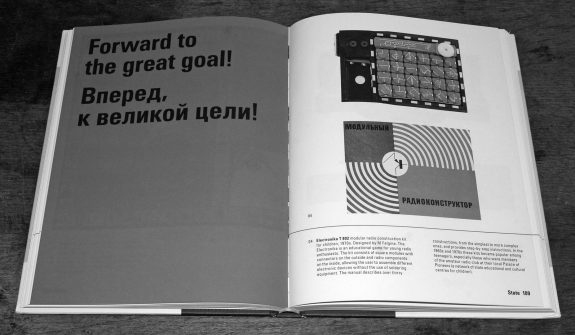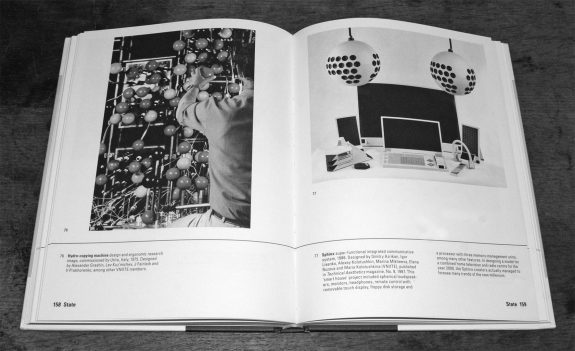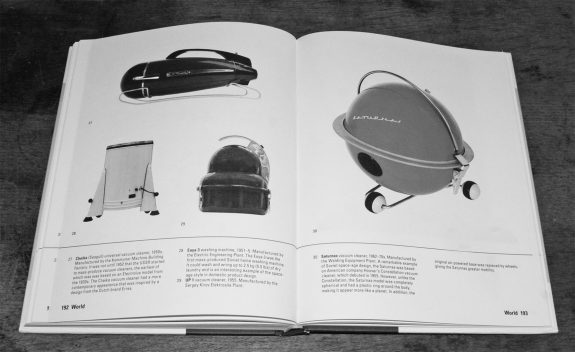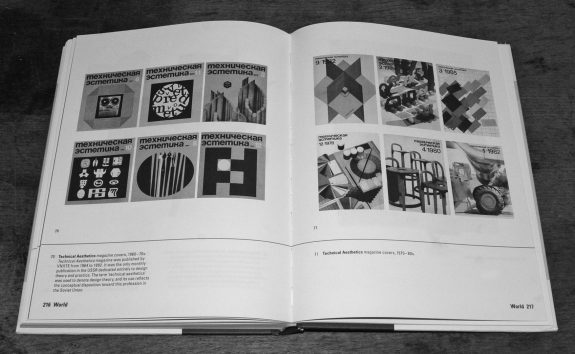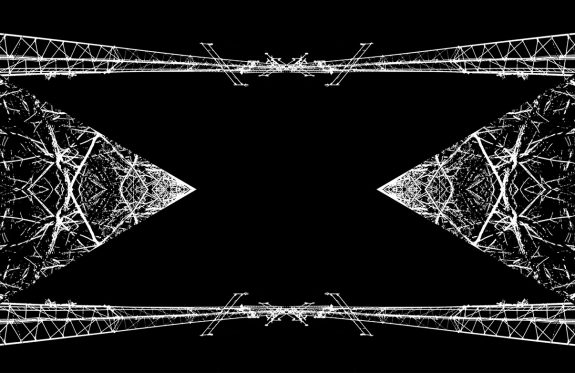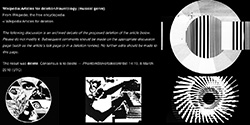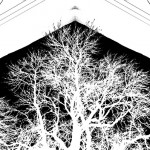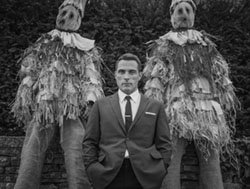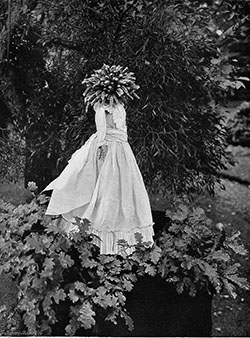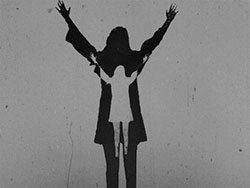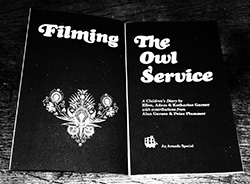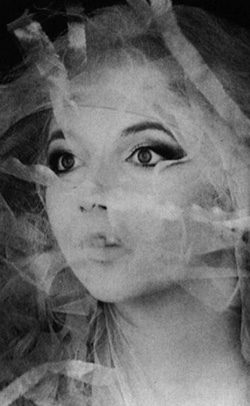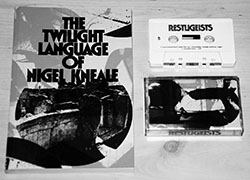Well, this being nearly the end of the year I thought it would be good to have a round-up of some of the other cultural items that have been keeping folk at A Year In The Country entertained throughout the year and/or that are on the “things to watch, read, explore, re-explore etc” list… There are a few of them, so here goes…
A rare issue of British television and radio listing magazine Radio Times from November 1985, with a cover feature on the rather exemplary and at times almost hallucinatory paranoid eco-thriller series Edge of Darkness that was first broadcast in the 1980s. This took a fair old bit of hunting down and is accompanied by John Caughie’s BFI released TV Classics book on the series, with an afterword by the series’ writer Troy Kennedy Martin. Also the book of his script for the series, which amongst other extras includes a background to the events that preceded the series (which seems to have become quite pricey since I bought it and is currently listed for between £50 and £650 online – blimey!)
(As an aside, the photograph used for the cover of the Radio Times makes Edge of Darkness look as though it may well be a quite conventional detective or noir series, which it really isn’t.)
The DVDs for the comedy series Look Around You (2002-2005), which is a fairly straightfaced spoof on 1970s Open University, Television for Schools and Colleges programmes and Tomorrow’s World – the latter of which looked at scientific and technological advances, inventions and so on.
Now, I’ve seen these before but it can’t hurt having them around to watch again – and whenever I watch the first series it tends to seem like something of a precursor to the parallel world reinventions of hauntology and utilises a number of similar reference points (previous eras’ public information television, Radiophonic-esque synthesized electronic music and so on).
John Darnielle’s novel Universal Harvester, which has a rather lovely cover design with video tape-esque silver foiled glitching and is part of the loose genre of “video tape as harbinger of the unknown and even possibly preternatural” fiction and film:
“Jeremy works at the counter of Video Hut in Nevada, Iowa. It’s the 1990s, pre-DVD… But when a local schoolteacher comes in to return her copy of Targets, she has an odd complaint: ‘There’s something on it,’ she says. Two days later, another customer brings back She’s All That and complains that something is wrong: ‘There’s another movie on this tape.‘” (From the book’s cover text.)
I find myself sort of creeped out even before starting to read it…
The DVD and book adaptation of Brian Hayles’ The Moon Stallion, one of the possibly lesser known and not so easily available of the loose genre of “otherly” or “possibly a bit too scary and odd for children though that is who they were aimed at” 1970s British children’s television:
“But they are no match for the dark forces of myth and magic which still exist among the Berkshire hills… With Merlin’s help, she learns that the Moon Stallion is beyond the reach of ambitious men. It is part of a legend which unites past, present and future…” (From the book cover’s text.)
Although originally broadcast by the BBC the DVD only seems to have been officially available in Germany and possibly Australia, which seems curious and it is now out of print. The book originally only cost 60p in 1978, which just seems almost impossibly cheap now (although it may well not have been at the time).
1980s Disney-darkness? Check for The Watcher in the Woods and an adaptation of Ray Bradbury’s novel Something Wicked This Way Comes.
Two of the graphic novels from The Red Star series; I’ve read these before but they are worth revisiting as they show that comics can sidestep the well-worn furrows of superheroes or low-key character pieces and still be entertaining and intelligent. They are set in an alternative parallel world and future where what is essentially the Soviet Union went onto ever greater power, achievement and technological advances, which are combined with preternatural non-scientific sorcery powers. In part they tell of this great empire’s hubris and eventual defeat by a less technologically advanced nation and super/preternatural powers and they are at times imbued with a striking nostalgic ache and sense of loss and could be considered a form of Soviet era inspired hauntology.
A pile of old Starburst magazines from the 1980s that arrived in the post, featuring an interview with John Carpenter around the time of Prince of Darkness being released, director Tommy Lee Wallace and the film’s original scriptwriter Nigel Kneale on Halloween III and a cover feature on the flawed but intriguing film The Keep, which is a somewhat unique period fantasy horror fable with an at times 1980s pop video aesthetic.
Mark Fisher’s K-Punk book, a collection of his writings, some previously unpublished. This is a hefty tome of a book at over 800 pages and one that I expect will keep providing inspiration for a long time to come.
Owen Hopkins’ book Lost Futures: The Disappearing Architecture of Post-War Britain, which accompanied an exhibition as the Royal Academy of Arts; this is a beautifully produced book that documents thirty-five buildings dating from 1945-1979, most of which have been either demolished or fundamentally altered:
“Rebuilding Britain after World War II and through the post-austerity decades of the 1960s and 1970s enable architecture to embody a vision of a better future – both social and technological… a time when a belief in progress underlay innovation in design.” (From the book’s cover text.)
It features some particularly well-chosen and evocative period photography of the buildings and is in part a document, as the title and cover text suggests, of the lost progressive futures that they represented, while also being something of an almost accidentally beautifully art book.
Which just leaves me to say thank you once again for “tuning in” to A Year In The Country. As always a tip of the hat to you all!









